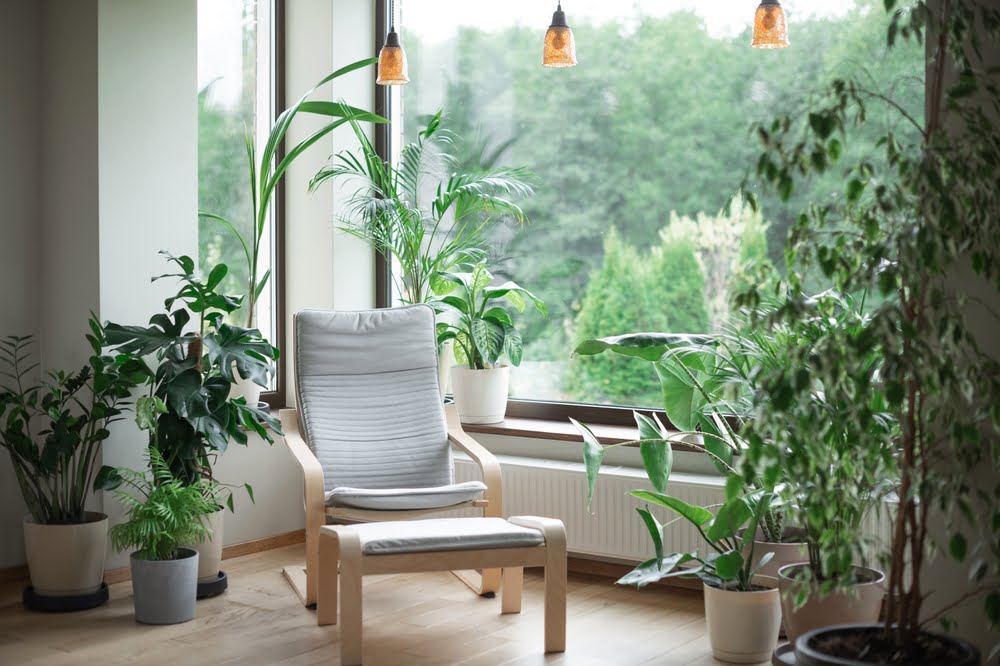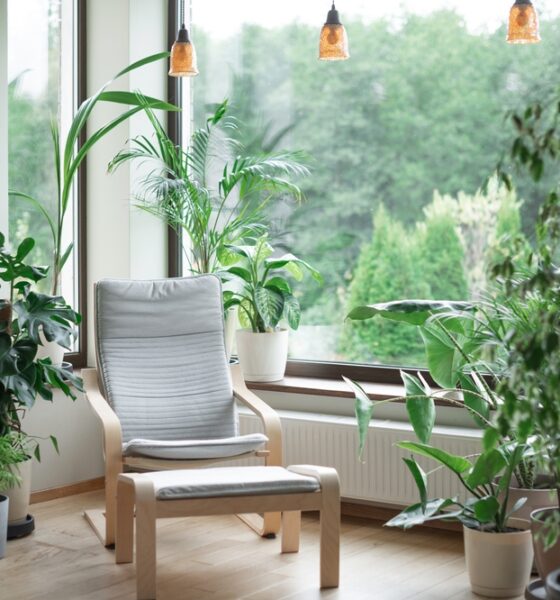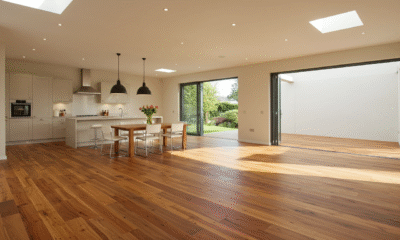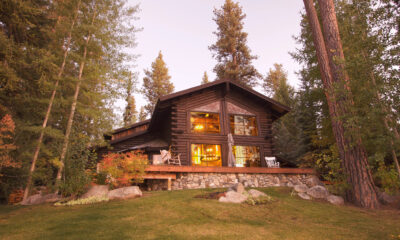

Features
A Guide to Infusing Your Eco-Friendly Home with Green Furniture
More people than ever are interested in living in eco-friendly homes. According to one study from a few years ago, 84% of people report that they want to live in an eco-friendly home.
However, not everyone knows how to go about leading a green lifestyle. We have talked about some of the changes that people can make, such as investing in renewable energy. But there are more steps that people should take.
One of the things that you should consider doing if you want to live in a greener home is to invest in eco-friendly furniture. The truth is that there are a lot of things that you can do to make your home more environmentally-friendly.
Amidst the hustle and bustle of life, creating a serene and calming environment within our homes cannot be overstated. One of the most effective ways to achieve this is by integrating nature into our living spaces.
While most of us appreciate the beauty and tranquility that plants bring, not everyone knows how to seamlessly incorporate them into their furniture layout. Together, let’s through the process and make sure your home looks aesthetically pleasing and promotes well-being.
Understand the Benefits of Green Furniture for Eco-Friendly Homes
Fiza M. Hafidz wrote an article in LinkedIn about the benefits of eco-friendly furniture. She mentioned that green furniture can do wonders to transform your home into an eco-friendly paradise.
Before diving into the how-tos, you must understand why you’re doing it. Plants are not just decorative items; they offer numerous health benefits. They purify the air, increase humidity, reduce stress, and can even boost your mood. Incorporating plants into your furniture layout lets you enhance the visual appeal of your space and invest in your health.
Start with the Big Pieces
When you think about arranging your living space, start with the larger furniture items like sofas, beds, and dining tables. Once these are in place, you can then think about where plants might fit naturally. For instance, a tall potted plant might look perfect in that empty corner behind your sofa or next to your entertainment unit.
Use Plants as Room Dividers
In open-plan homes or larger rooms, plants can act as natural dividers. Instead of using screens or partitions, consider placing a row of similar plants or a mix of different ones to determine specific spaces. This not only breaks up the area but also adds a touch of nature to your interiors.
Consider Furniture with Built-in Planters
Today, many furniture designers recognize the appeal of integrating greenery into their pieces. You can find coffee tables with built-in planters, shelves designed to hold plants, and even sofas with spaces for greenery. These pieces make it easy to incorporate plants into your home without making it feel cluttered.
Integrate with Existing Decor
When incorporating plants, make sure they complement your existing decor. Choose pots and planters that match your furniture’s color palette and style. This ensures that the plants feel like a natural extension of your space rather than an afterthought.
For those specifically looking into arranging your bedroom with a touch of greenery, understanding the basics of furniture arrangement can be incredibly beneficial. By arranging your bedroom in a way that maximizes space and flow, you can seamlessly integrate plants to create a calming and rejuvenating sanctuary.
Think Vertical
If you’re short on floor space, look upwards. Vertical gardens or hanging planters can be a great way to incorporate greenery without taking up valuable floor real estate. Whether it’s a wall-mounted planter above your bed or hanging pots in your dining area, looking up, literally, can open a whole new realm of possibilities for urban gardening.
Choose the Right Plants
Not all plants are suitable for all spaces. Consider the light, temperature, and humidity of each room before choosing your plants. For instance, if you’re thinking of adding a plant to your bathroom, opt for ones that thrive in humidity. Similarly, if you’re placing a plant in a room with low light, make sure it’s a species that can thrive in such conditions.
Keep Maintenance in Mind
While the idea of having a home filled with plants sounds appealing, it’s essential to be realistic about the maintenance. If you’re not someone who can dedicate time to plant care, opt for low-maintenance varieties. Succulents, snake plants, and ZZ plants are some options that don’t require constant attention.
Creating a Greener Living Space
Incorporating plants into your home is more than just a design trend; it’s a lifestyle choice. By bringing nature indoors, you’re enhancing the aesthetic appeal of your home and promoting physical and mental well-being.
With the tips mentioned above, you can create a space that’s both beautiful and beneficial. So, the next time you’re rearranging your furniture or looking for a home decor upgrade, don’t forget to add a touch of green.


 Environment10 months ago
Environment10 months agoAre Polymer Banknotes: an Eco-Friendly Trend or a Groundswell?

 Environment11 months ago
Environment11 months agoEco-Friendly Home Improvements: Top 7 Upgrades for 2025

 Features9 months ago
Features9 months agoEco-Friendly Cryptocurrencies: Sustainable Investment Choices

 Features10 months ago
Features10 months agoEco-Friendly Crypto Traders Must Find the Right Exchange



























